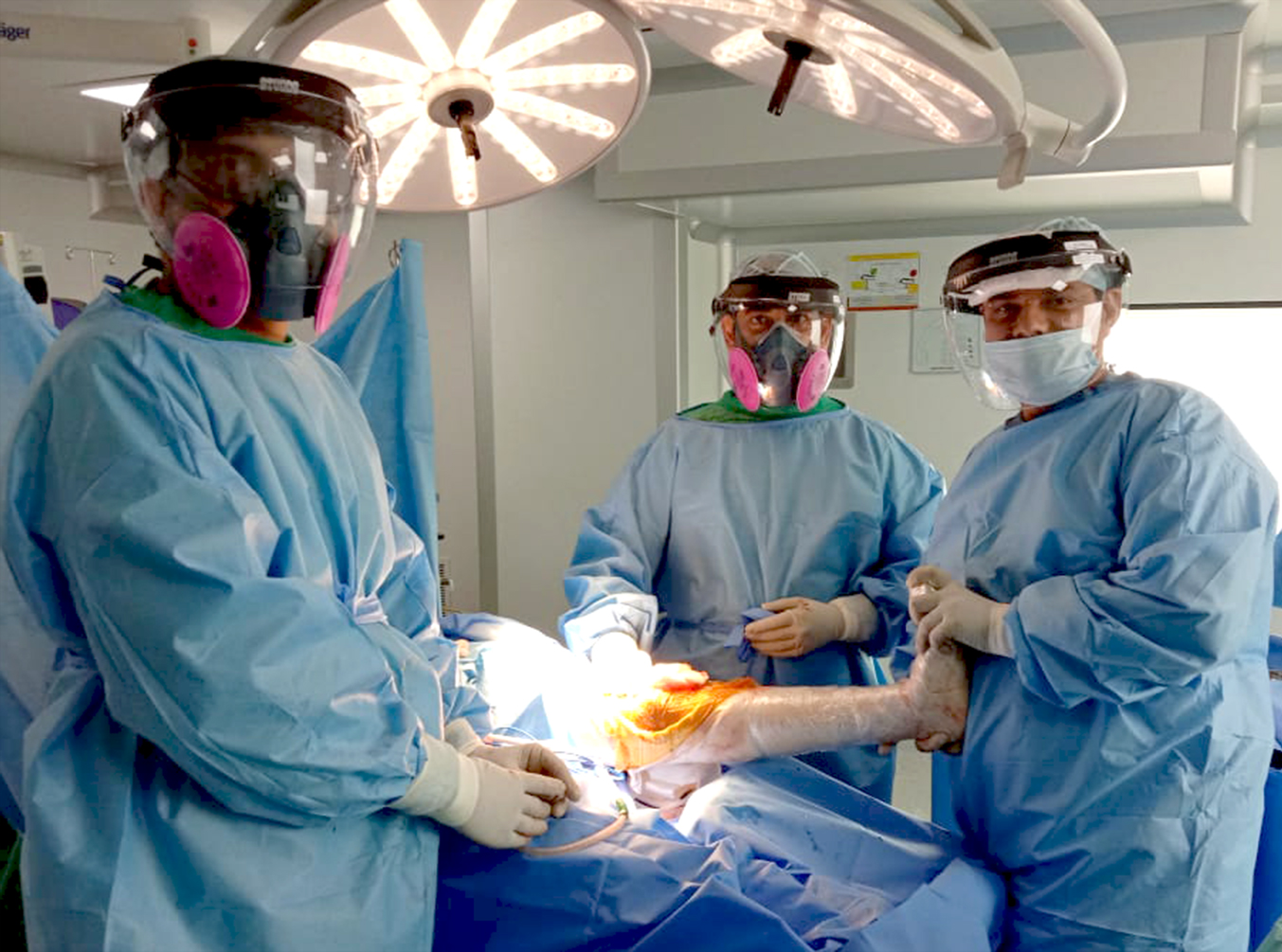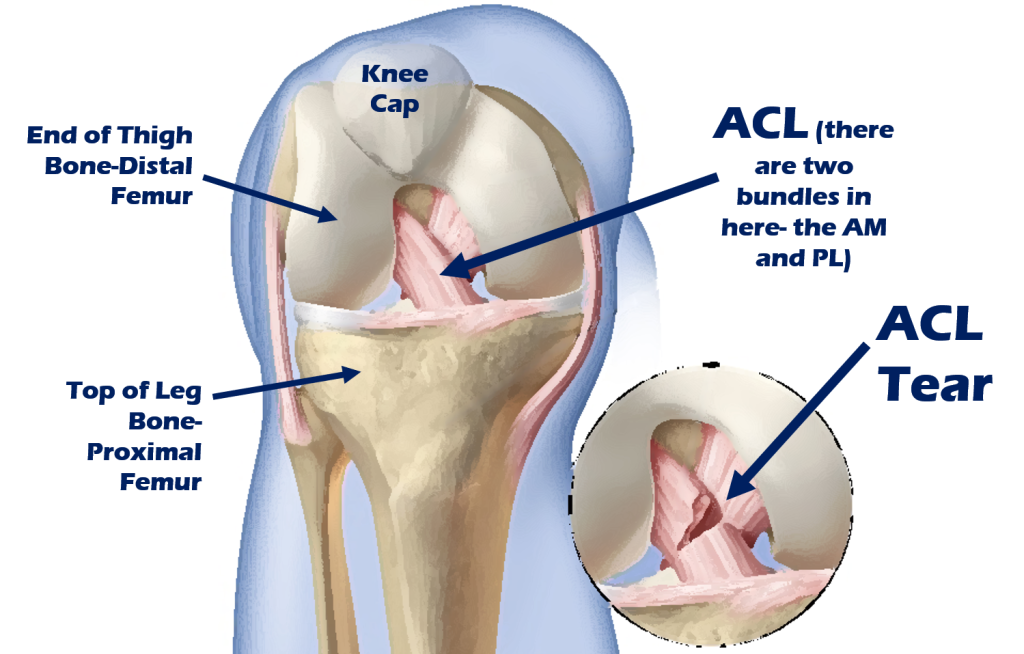The joints where your upper-arm bones (humerus), shoulder blades (scapula), and collarbone (clavicle) intersect are your shoulders. On either side of the leg, the humerus fits into the rounded socket of the scapula. A group of four muscles and tendons, called a rotator cuff, keeps each shoulder in place, which covers and protects the humerus and lets you lift and move your arm.
Pain may have many triggers in your shoulder. In a fall or crash, you might be killed, or you might have overdone a chore like painting. Often, pain in the shoulder comes from a disease such as arthritis. In other areas of the body, which is called referred pain, it may also stem from issues.

